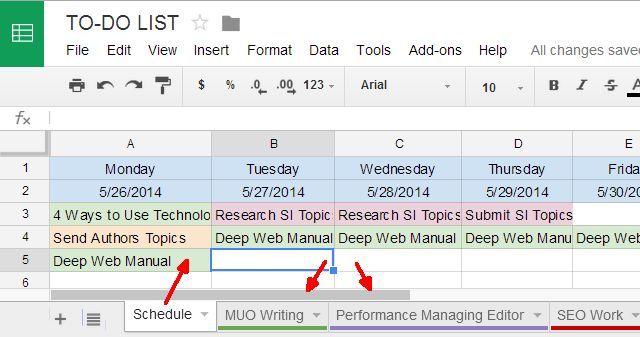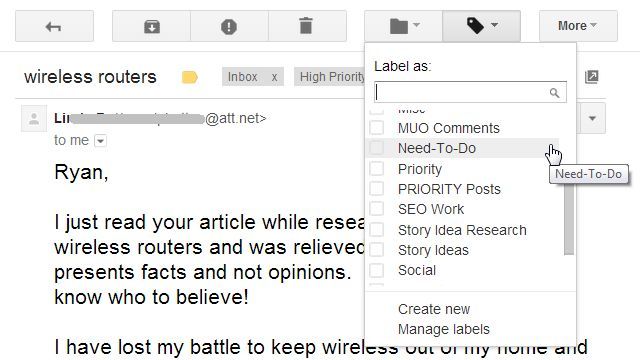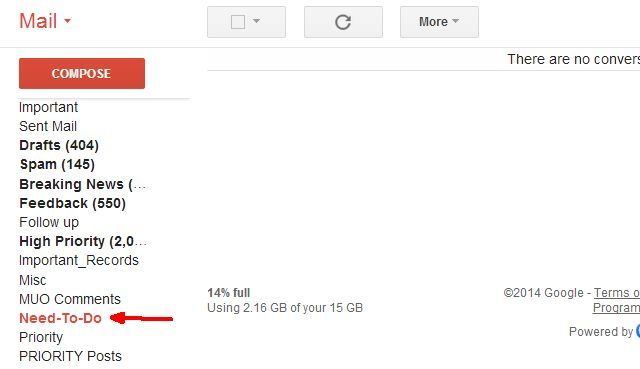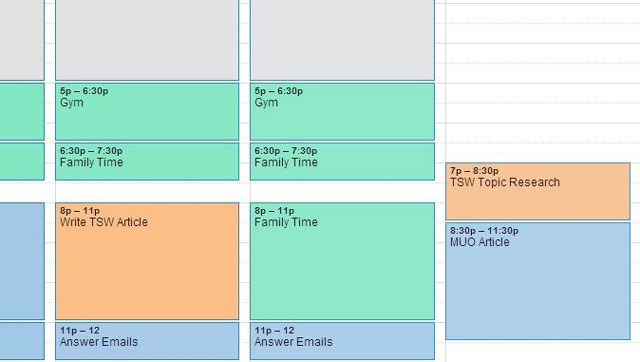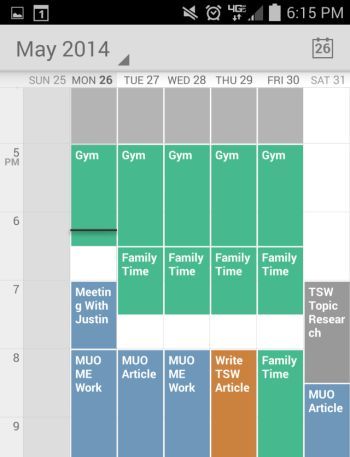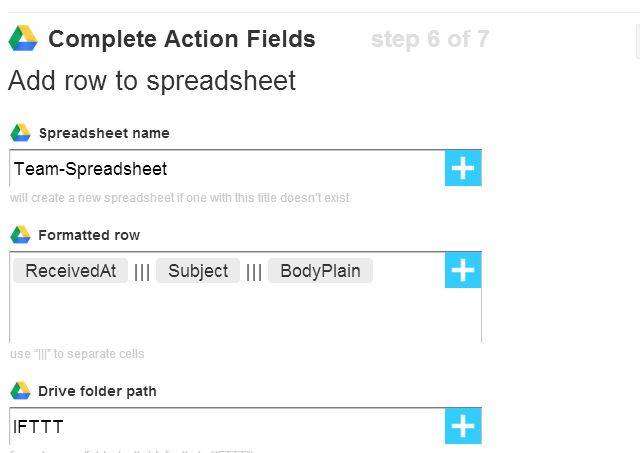Are you a leader?
If your answer is no, then you aren't thinking about it the right way. Whether you realize it or not, you are a leader. Even if that means being a leader of your own life and giving it a direction with balanced choices.
You may be a leader now. Using the tools and tips below will help you become an even better one.
There are five areas of your work and your life that you need to manage well if you want to become a leader in any field. The first is never dropping the ball. Always accomplishing what you're asked to accomplish, or the goals you've set your mind to accomplish. That's the first sign of a leader.
The second is answering emails. The first indication of poor leadership is the inability to keep on top of an active Inbox. In this article, you'll find a technique on never forgetting to respond to another email. Other areas include maintaining life balance, staying focused on the task at hand, and maintaining a long-term vision. All of these things together will insure that you are a leader in everything you do.
1. Don't Drop the Ball -- Always Use a To-Do List
Don't ever think that you're not busy enough for a to-do list. As you accomplish more of your goals, the responsibilities that are laid at your feet will increase. If you think you're going to remember everything you need to do, forget about it.
Over the years, I used a number of time management tools, and eventually narrowed my favorite down to Gqueues and ToDoist. After struggling to make off-the-shelf to-do apps like these work for my unique situation, I decided to just drop them all and customize my own solution using Google Spreadsheet.
If pre-made time management apps like Gqueues, ToDoist, or even the very popular Remember The Milk work for you, by all means use them. However, use them religiously, not just occasionally. Use them to run your life -- to schedule every single project task that you're working on. This should be the list you open first thing in the morning, and the last thing you close down before you go to bed.
If you do want to customize your own solution, you might take the approach that I did -- give every role or project you have its own color code on separate sheets. Use those other sheets to list all of the tasks associated with that role or project, and then use a main "Schedule" sheet to plan out exactly what you're going to work on each day. Using color-codes shows you whether you're devoting equal time to all of your responsibilities.
2. Never Forget -- Use Email Labels
Has this ever happened to you: You're flying through your Inbox, and come across a request someone sent you to do some quick task. You think to yourself, "Oh that's so simple and fast, I don't have to write it down because I'll remember." A month later, you get an email from the same person asking you why you forgot.
Don't do that. It creates the impression that you're scatterbrained and unprofessional. Instead, "file" away the emails that require an action from you with a special label. In Gmail, I use one called "Need-to-Do".
If you don't have such a label yet, just click the little labels icon above the email, and click "Create new" to create that label. Once it's created, you just have to check the checkbox next to that label.
Then, later, when you have time to invest into getting those tasks done, you can go back to your email, click the label in your left navigation bar, and you've got those items right at your fingertips.
The nice thing about labels is that when you're done, you can just deselect that checkbox and get rid of the label. You don't have to delete the email itself if you don't want to. Your goal basically becomes to keep the list of items in your "Need-To-Do" label folder down to zero. People will be amazed how well you remember to respond to your emails.
3. Balance Your Life -- Use a Color Coded Calendar
So, you've got your time management app that you use to keep track of work projects and tasks. That's all well and good, but your whole life isn't work. At least, it shouldn't be if you want to be working as hard as you do over the long haul.
The secret to a balanced life is the same as the secret revealed above to a balanced workload -- color coding. In fact, you should have a completely different schedule that you use for your entire life, apart from the one you use for work. In my case, I use Google Calendar.
The nice thing about using Google Calendar of course, is the fact that you can also easily access it via the Google Calendar mobile app.
There are two things to keep in mind regarding the difference between a "life calendar" and a "work calendar". First, in your "life" calendar, you will basically assign sections of your day to generic work tasks. Once you get to that time, you'll open up your work calendar for the specific tasks to focus on during that time.
The second thing is that just like in your work calendar, the colors in your life calendar should be balanced. If any one color - family time, physical fitness, or work - overpowers everything else, then it's a sign that you haven't established good balance in your life, and you need to rework your schedule.
4. Stay Focused -- Use Your Favorite Method to Stay Efficient
Working in an isolated box without having to work directly with others is a very easy way to stay focused. Unfortunately, it's not the way to becoming a leader in your field. You need to maintain good communication with co-workers, other people within your field of expertise, and others who may be relevant or important to what you do.
Communications can also take over and become a distraction. You can end up with a whole work day going by and you haven't accomplished anything, because you've spent the whole day sending emails or chatting on IM.
There are many approaches to staying focused even when you have to communicate with a lot of people, most of which we've covered here at MUO. Choose your own flavor and use it religiously.
- Use LEGOs like Justin does!
- The Pomodoro Technique using Tomato.es
- Excel Templates can keep you focused
- Block time-wasting websites
- Mind your time more carefully with browser apps
- Use desktop time tracking software
Step one of leading efficiently is to make your schedule, step two is make sure there's balance in that schedule, and step three -- and most important -- is to do what's on your schedule without distraction. The above resources can really help.
5. Automate -- Use the Kaizen Theory to Reduce Your Work
Kaizen is a business philosophy in Japan, which basically means that seeking out continuous improvement in your work practices will lead to tremendous overall improvement over time.
The idea is to take stock of every task you do during the day and always try to think about whether those repeat tasks can be automated either partially or fully. You can do things like automating with Dropbox, or automating with VBA scripts, but one of the easiest ways to manage repetitive tasks you do is to automate with IFTTT recipes.
IFTTT lets you do some absolutely amazing things like automate tasks involving WordPress, use it to collaborate with others, and even to automate emails. As a leader, you should not only use IFTTT to try and streamline everything you do, but you should teach your own staff and coworkers about the concept of Kaizen, and how IFTTT can be a powerful tool to achieve that efficiency.
For most, the scariest part of taking any leadership role is really comprehending how to make the time required to lead. Images of power-hungry, harried corporate ladder-climbers come to mind. It doesn't have to be that way, and you don' t have to be that kind of leader. Give yourself more time that includes balance, structure and a more disciplined routine -- and you'll not only become a leader, but you'll become a better person.


